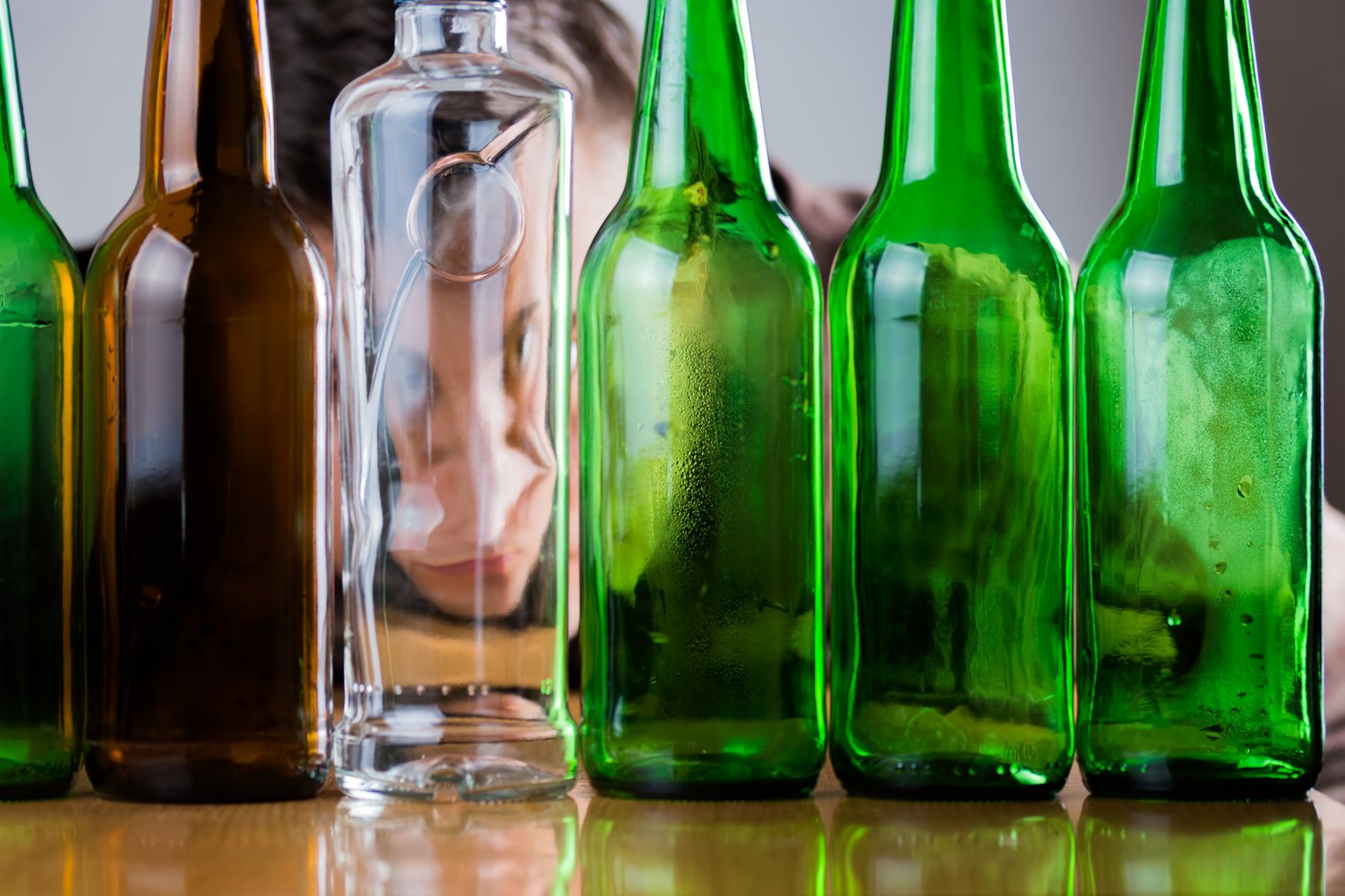Why glass is more sustainable than plastic

Glass is a natural material that can be produced spontaneously even without human intervention when intense heat melts sand. An ancient form of glass called obsidian is formed during volcanic eruptions and its use as spear tips can be traced back 280,000 years. This is 80,000 years before our ancient ancestors evolved into homo sapiens!

Even though the production of glass has evolved significantly, it is still made from natural abundant materials such as sand, soda ash (sodium carbonate) and limestone. It is a very safe material to the environment as it does not leak any substance into the soil, water or air. This contrasts with plastic, which releases different types of chemicals into the soil and sea as discussed in this National Geographic article. Some of these chemicals also leak into food and water we store inside plastic containers as explained in this post.

However, there are several articles on the internet comparing the manufacturing carbon footprint of PET plastic bottles against that of glass ones and concluding PET plastic bottles are more sustainable. How can it be? And how to choose the best option?
Let’s first compare the manufacturing process of both, their raw material consumption and greenhouse gas (GHG) emission in equivalent measures. The table below compares the amount of abiotic material, water and greenhouse gas emission to manufacture each gram of glass and plastic, according to The Waste and Resource Action Programme,:
| Material used | Glass (per g) | Plastic (per g) | Less material/emission per gram |
| Abiotic material | 3.04 g | 6.45 g | GLASS |
| Water | 17.1 g | 294.2 g | GLASS |
| GHG emission | 0.716 g | 3.723 g | GLASS |
By analysing the information provided, we can conclude that the manufacture of glass is more sustainable or less raw-material intensive than plastic. However, we need to consider the final product to calculate the total usage of raw material and GHG emission of each overall process. In the manufacture of bottles, for example, the glass version can be up to 20 times heavier than a PET plastic bottle. In order for glass final products to be better in terms of GHG emissions, they need to be no more than 5 times heavier than their plastic versions.

This is the argument the beverage industry uses to justify their choice for plastic bottles. They even add the additional transportation needed to carry the bulky, heavy glass bottles in the calculation to make plastic bottles look even more attractive. Despite this, you have to remember PET plastic bottles are toxic, made with fossil fuels (non-renewable resources) and are not naturally degradable. They can cause diseases and pollute oceans and soil.
Additionally, plastic cannot be recycled many times as it loses quality in the process so the original material eventually goes to waste. With petroleum prices going down, it is cheaper to produce virgin plastic and even more unlikely that recycling will increase. Glass can be recycled indefinitely and the process uses 40% less energy than producing new material.

PET plastic bottles are mostly used for water and soft drinks and can be avoided by favouring filtered tap water and other packaging options such as cans. Although PET plastic bottles may emit less GHG in total, it may not be true for other plastic containers which are heavier, such as reusable bottles, bowls and kitchen utensils in general. Innovation in the glass production industry has already reduced glass bottles weight by 50% in the last 20 years and further reduction is expected in the future.
The table below compares standard weight plastic and glass bottles and their light weighted versions with reusable plastic bottles. All bottles have 355 ml of capacity.
| PET plastic containers | Reusable plastic bottle | Glass bottle | |||
| Container weight | 18.9 gram | 12.7 gram | 50 gram | 256 gram | 170 gram |
| Abiotic material | 122 | 82 | 322.5 | 778 | 517 |
| Water | 5560 | 3736 | 14710 | 4378 | 2907 |
| GHG emission | 70 | 47 | 186.15 | 183 | 122 |
As you can see, for reusable containers, glass is better than plastic, except for the total abiotic material. But as abiotic material in the case of glass is sand and other abundant non-toxic substances and not petroleum, we can conclude it is a safer material.
To conclude, we list some tips to be greener when choosing between plastic and glass:
- Avoid PET plastic bottles. Favour filtered tap water and other non-toxic packaging materials.
- For reusable containers, prefer glass, aluminium, stainless steel and other materials over plastic, especially if used for heating drinks and food. High temperatures cause leakage of toxins from plastic.
- Help and stimulate recycling process of every material. Separate and discard your waste adequately.
- Favour recycled glass products, such as containers and countertops.
- Favour green colour glass. Yes, green is actually greener! They contain up to 5 more recycled glass in their composition.
The innovations in the packaging industry have reduced the weight of containers, the amount of raw material used and, consequently, the emission of GHG in the manufacturing process of glass. But we don’t need to wait for more innovations to change the present situation. Increasing the amount of material recycled can also have a major impact as in the UK only 50% of glass is recycled while Switzerland and Finland recycle 90% of their glass and only a third of all the plastic waste is recycled in the UK. Follow our tips above, properly sort your waste for recycling and Green It Yourself… Now!






